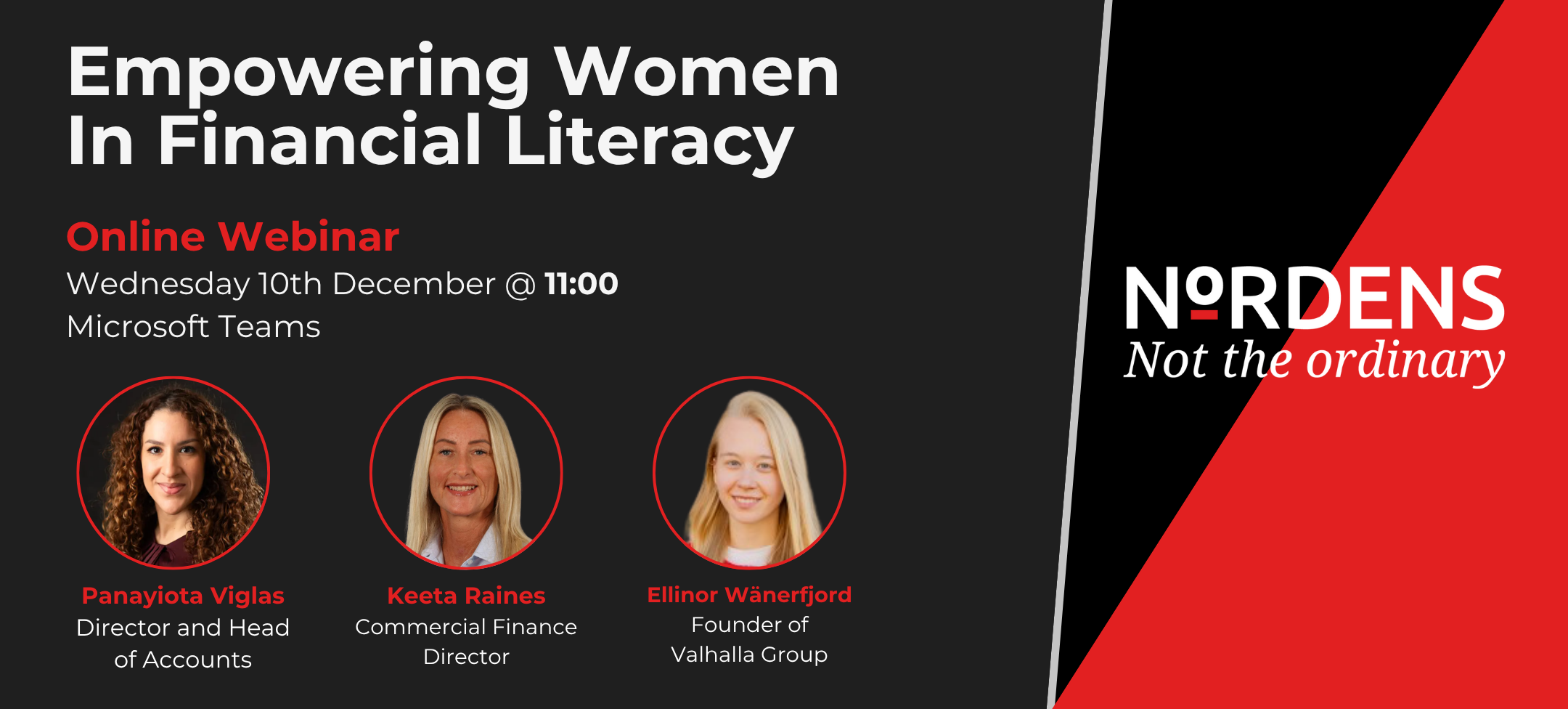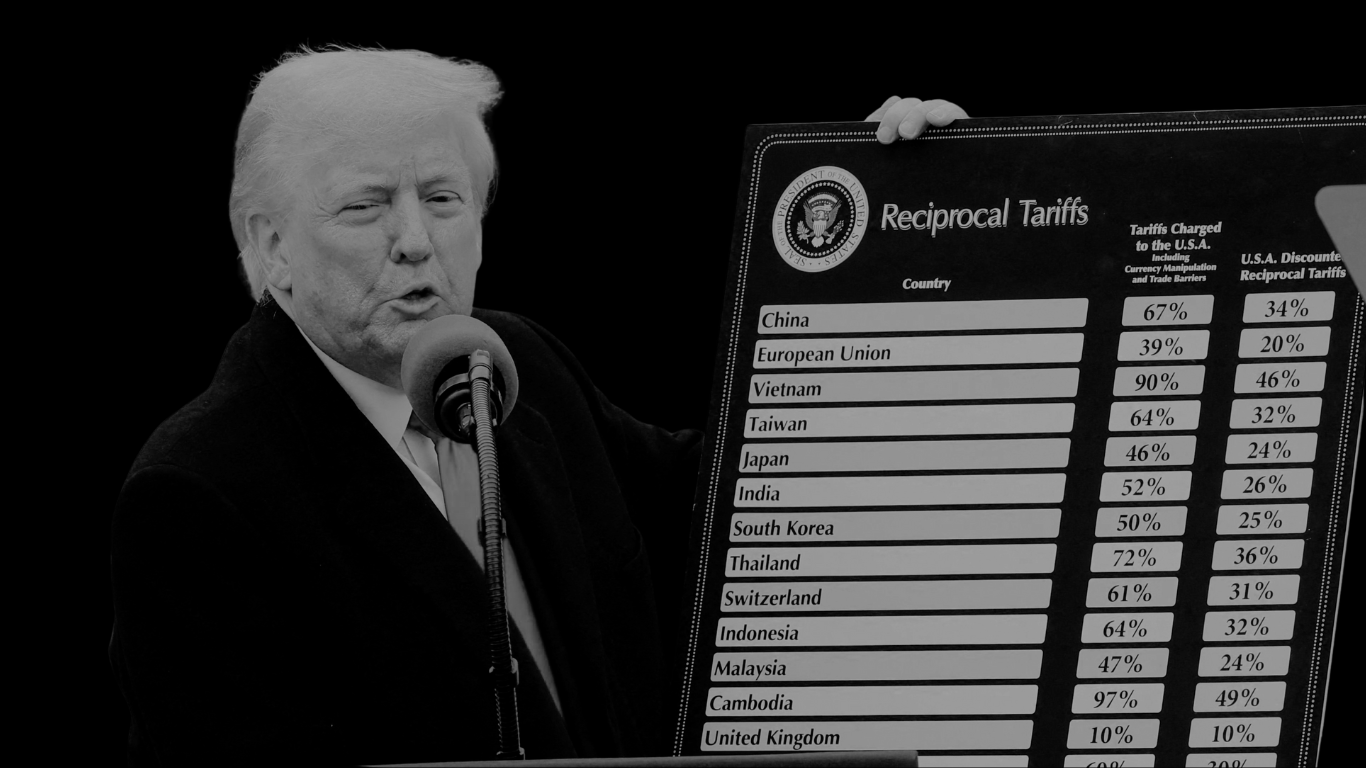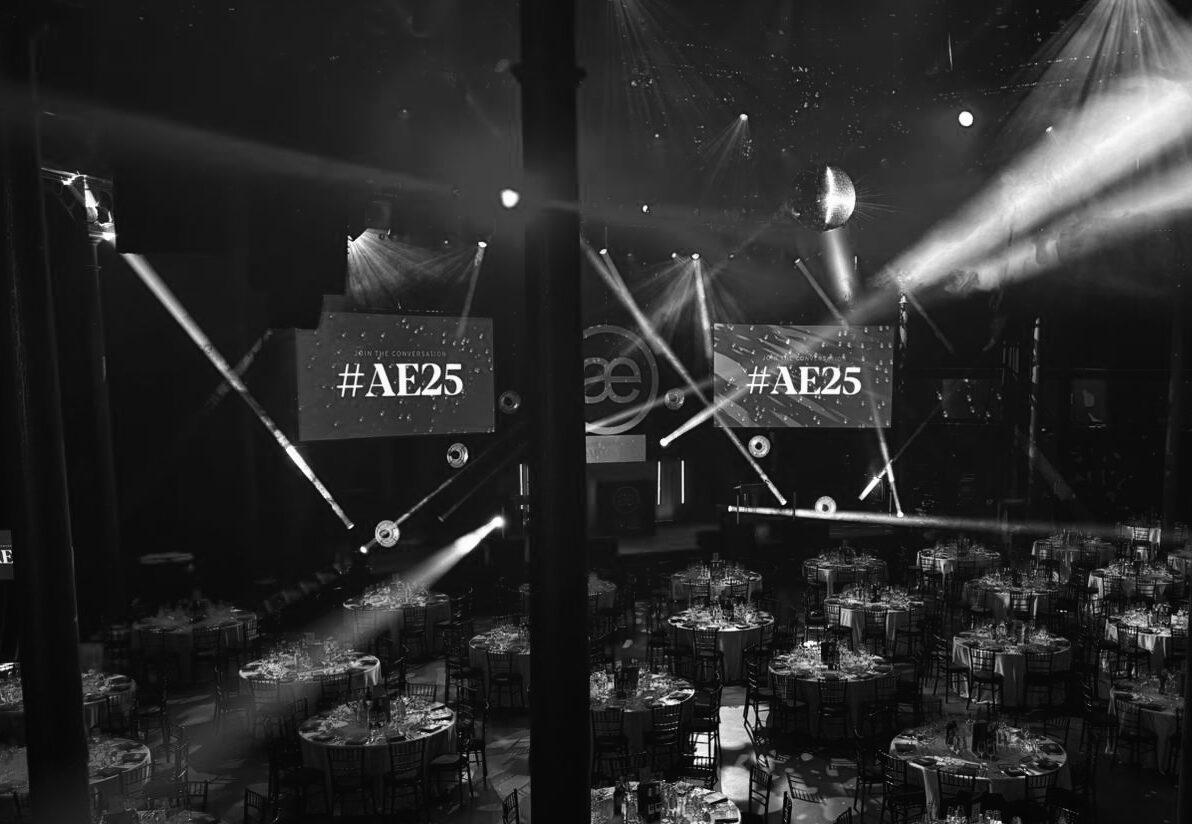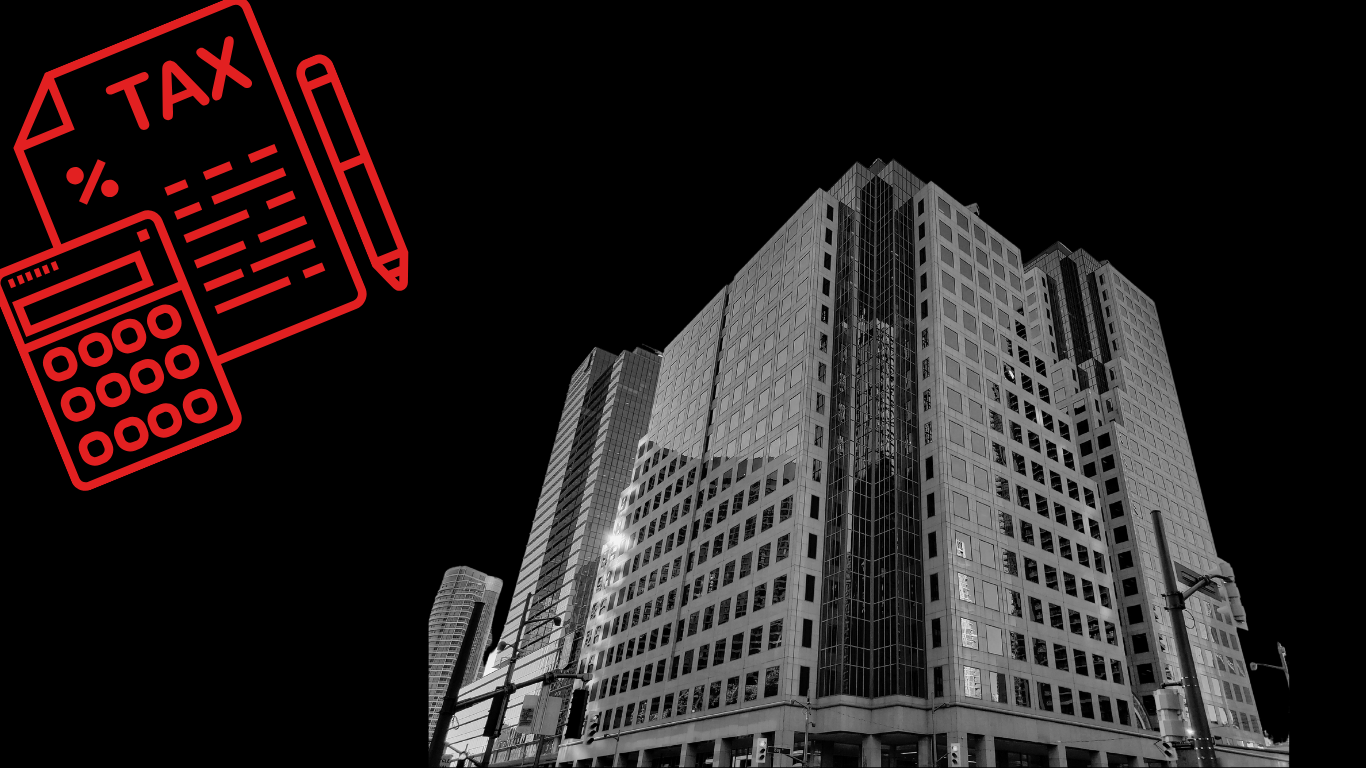National Insurance is the bedrock of the state system, basically a tax on all earnings and self-employed profits from an individual. National Insurance Contributions (NICs) can be a confusing and complex situation for many, not least accountants, however they are a necessary component of ensuring citizens are looked after and covered by the state.
NICs are paid into a fund, from which some state benefits are paid. This includes the state pension, statutory sick pay or maternity leave, or entitlement to additional unemployment benefits. Numerous factors determine the level and type of national insurance contributions an individual pays including employment status, age, level of earnings, and residence status.
However, changes made to the NIC thresholds for the tax year 2022/2023, have created serious problems for those on lower incomes. We break down the changes, the impact made, as well as the pitfalls this will cause HMRC as well as the taxpayer.
What Are The Changes To National Insurance Contributions (NICs)?
The Chancellor, Rishi Sunak, surprised many onlookers with his Budget Spring Statement on 23rd March 2022. This was through amending the thresholds where NICs is payable by individuals, for the NIC classes 1, 2 and 4.
The class 2 and 4 thresholds are aligned equally, whilst the income threshold for income tax will be achieved at the start of the 2023/24 tax year.
For 2022/23, self-employed individuals will only be required to pay class 2 and class 4 NIC on profits above £11,908. However as of the 2023/24 tax year, class 2 and 4 NIC will be payable on profits above £12,570 per year.
Although class 2 is not changing in July 2022, a new rule is being brought in that says if your earnings are between £6,725 and £12,570 you will get a credit for the Class 2 and you do not need to pay it.
These amendments have created huge headaches for lower income professionals as to whether or not to pay NIC on a voluntary basis. As well as this, many directors who are placed on a scheme that pay salaries or dividends which lie between these thresholds find themselves in a sticky situation on what to do next.
What Is The Impact Of The Changes To National Insurance Contributions (NICs)?
If you’re self-employed, you may be able to pay Class 2 contributions. Class 2 National Insurance contributions are set at a flat rate of £3.15 a week per week in 2022-23. The class 2 NIC paid by the self-employed creates a contribution record for the individual, unlike the class 4 NIC, which is a pure tax.
The class 2 small profits threshold, which lies at £6725, will stay in place from April 2022. However, what’s concerning is that the individual will not be liable to pay class 2 NIC until their profits exceed the lower profits threshold for the tax year, which is aligned with the lower profit’s threshold for class 4 NIC.
Where the individual has annual profits which exceeds the small profit threshold (£6725) yet subceeds the lower profit’s limit (£11,908), this enables them to build up a national insurance credit, while paying zero class 2 NIC, for that year applicable. There is the option for self-employed individuals who make a loss, or very small profits, to pay class 2 NICs on a voluntary basis. Saying this, verifying this with HMRC to acknowledge this deemed ‘debt’, can be a tall order. It’s common for HMRC to incorrectly refund the class 2 NIC paid back to the taxpayer.
Simply put, whereas in previous years if you didn’t hit the lower threshold (£6,725 for 2022/23) you would still get a year’s worth of contributions on you NI record, this is no longer the case. From the 2022/23 tax year, if you do not hit the lower threshold, you do not get a year on your NI record.
If you fall within these thresholds mentioned, then you have 4 available choices to take. These are:
- You are happy not to have the year on the record in which means nothing needs to be done.
- You have employment income and NI contributions are being covered through this, therefore nothing needs to be done again.
- Your profits lie somewhere around £6,000 in which it’s recommended to increase them slightly, so they are above £6,725. If your sole income is through self-employment, then it won’t cost you anymore, but it will get you the year of contributions on record.
- You can pay class 2 voluntary NICs, in which case you will have to apply for this otherwise you run the risk of HMRC refunding it when paid. It’s also worth checking if the voluntary contributions will qualify as often this isn’t the case, for example if you are close to the state pension age.
This is of course a rather complex situation to totally understand, however if you feel this relates to you whatsoever then please get in touch directly with our Tax Manager, Adam Truluck, who is always on hand to provide you with exactly what you need to do moving forward.
We hope this has outlined to you the changes to NIC thresholds for the tax year of 2022/2023 and beyond. If you require any further information on tax thresholds, amendments, or anything accounting related for that matter, please don’t hesitate to get in contact with us at Nordens where one of our trusted advisors would be happy talking you through your query.









































































































































































































































































































































































































































































































